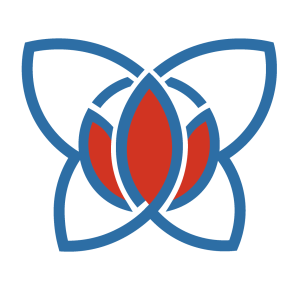GROWING ROOTS: Strategy design

2. Vision creation
We start by envisioning the possibilities and the future image of our network.
Designing the vision of a network involves creating a clear and inspiring statement that defines the desired future state and direction of the network - both a working team and the members. While the vision is often shaped through a collaborative and creative process, several tools and techniques can aid in crafting and articulating the vision. We provide templates and instructions on how to develop the mission further. Here we share a bit longer list of tools for further research for you.
- Visioning Workshops: Visioning workshops bring together potential members, such as leaders, volunteers, partnering organizations and other relevant parties, to collectively envision the future of the network. These workshops typically involve brainstorming, ideation sessions, and group discussions to generate ideas and aspirations for the organization's vision.
- Future Scenarios: Future scenario planning involves exploring different potential future scenarios that the organization may face. By considering various possibilities, uncertainties, and trends, the organization can design a vision that is adaptable and future-proof. This tool helps to anticipate challenges, identify opportunities, and align the vision with a range of possible futures. See: Scenario Matrix.
- Visual Thinking Tools. Visual thinking tools, such as mind maps, concept maps, or visual boards, can facilitate the visualization and exploration of ideas and concepts related to the organization's vision. These tools allow for a more creative and intuitive approach to capturing and organizing thoughts, fostering a deeper understanding of the envisioned future. Digital platforms like Miro or Canva might support you in the visualisation bringing handy elements and graphics.
- Storytelling and Narrative Techniques. Stories are such powerful visionary tools! Stories and narratives can be very effective for communicating and designing the vision of an organization. By crafting compelling narratives that illustrate the future state and impact of the organization, stakeholders can better connect with and understand the vision. Storytelling techniques help create an emotional resonance and inspire collective action towards the envisioned future.
- Visioning Exercises. Various structured exercises can be employed to guide individuals or groups through a process of envisioning the organization's future. These exercises may include guided visualization, guided meditation, or journaling prompts that encourage participants to reflect, imagine, and articulate their visions for the organization.
- Appreciative Inquiry. Appreciative Inquiry is an approach that focuses on exploring and amplifying the organization's strengths, values, and positive aspects. By conducting interviews, group discussions, and reflections on past successes, this tool helps identify and integrate the organization's existing assets and values into the vision design process. An in-depth explanation of appreciative inquiry may be found here: https://organizingengagement.org/models/appreciative-inquiry/
- Strategy Development Frameworks. Strategic frameworks, such as the Balanced Scorecard, OKRs (Objectives and Key Results), or Hoshin Kanri, can provide a structured approach to link the organization's vision with actionable strategies and goals. These frameworks help align the vision with specific objectives, measures, initiatives, and timelines to guide implementation and track progress.
Again, these tools and techniques can be adapted and combined to suit the specific needs and culture of the network. The key is to create an inclusive and collaborative process that engages members and ensures a shared understanding and commitment to the envisioned future.
